Petite Et Accipietis
-
Ships in 2 to 3 weeks
Details
Description
SKU: AN.AMP-0724P
Composed by Michael Haydn. Edited by Martin Banner. Alliance Music Publications #AMP 0724P. Published by Alliance Music Publications (AN.AMP-0724P).Haydn/Banner.
Johann Michael Haydn (1737-1806) was an acclaimed and respected composer during his lifetime. Born in Rohrau, near the Austrian-Hungarian border, Haydn was a talented young singer in the famed Vienna Boys Choir. He was appointed Kapellmeister at the court of Grosswardein (now in Hungary) in 1757. Haydn served the Archbishop of Salzburg from 1763 until his death. A prolific composer, he wrote hundreds of compositions including a Requiem which influenced the more famous setting by Mozart.
Haydn's Petite Et Accipietis (Klafsky IIb/35), was completed on August 8, 1801. The text is a Gradual, the first sentence coming from the Litany of the Holy Name of Jesus, the second from the Gospel of St. Matthew, chapter 7, verse 8, and translates into English as follows: Ask and you will receive; seek and you will find; knock and it will be opened up to you. For everyone that asks, receive; for he that seeks, find; to him that knocks, it will be opened. The work is scored for 2 oboes, 2 trumpets in Bb, timpani, 2 violins, viola, cello, bass and SATB chorus.
The present edition adheres closely to the above mentioned source, noting editorial markings in parentheses. Voice parts, where notated in moveable clefs, were rewritten in treble clef; phrase markings in the voice parts were added where two or more notes occurred for a single syllable of text (only those phrase markings given by the composer in the instrumental parts appear in this edition); textual underlay, given generally only in the soprano and tenor parts, were added to the alto and bass parts. The timpani part in the orchestral score was re-written to reflect the actual concert pitches being played, rather than in the transposed key that matches the trumpet parts in the autograph score.
This editor is indebted to the Conservatorio di Musica Luigi Cherubini in Florence, Italy, Maestro Paolo Biordi, director of the Conservatory, for his permission to publish this edition, Gianni Ciabattini for supplying microfilm of the autograph score, and Joan Yakkey for her tireless help in making this publication a reality.
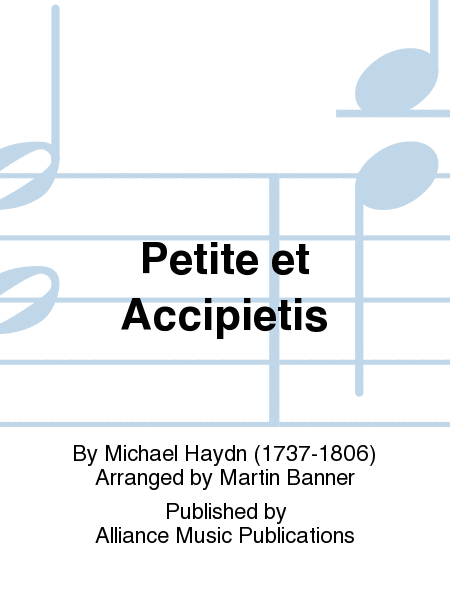
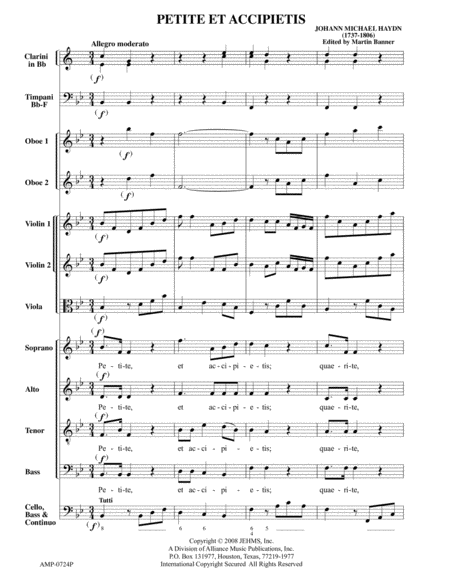
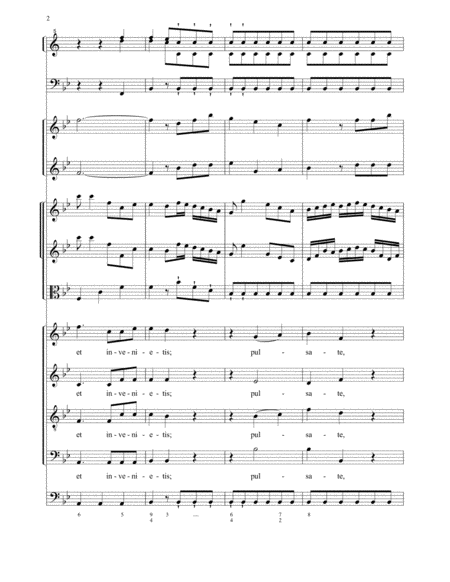
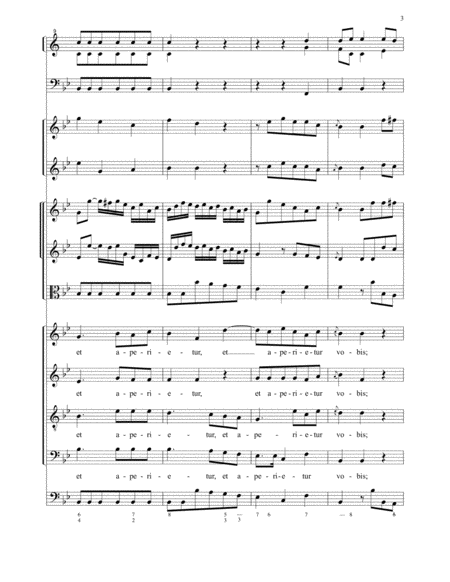
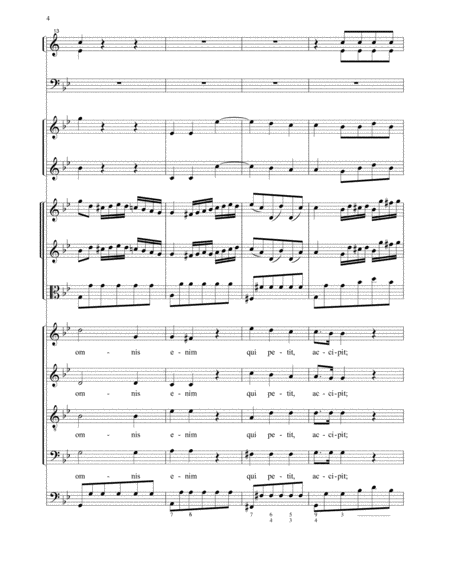
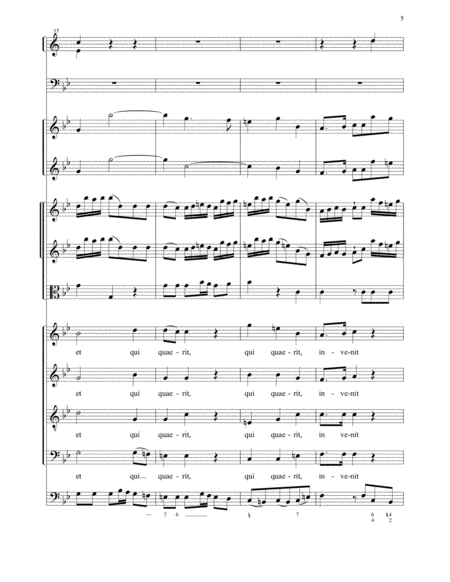
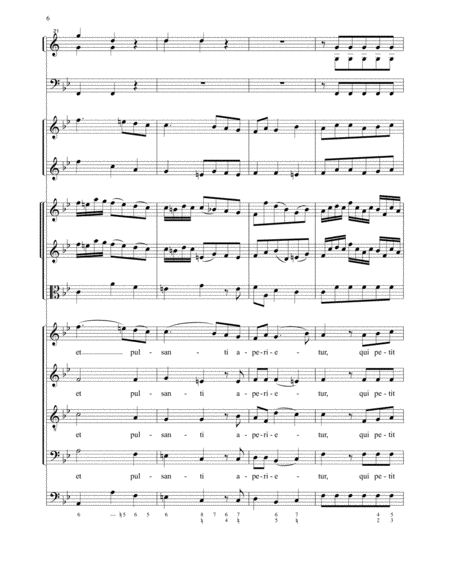
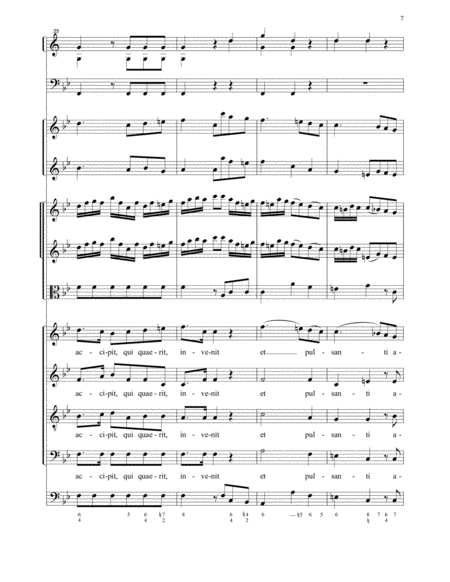
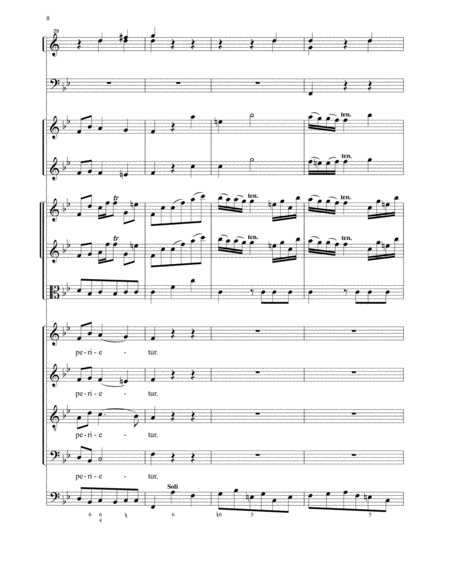
 Share
Share